by Mike Haskew
With the end of World War II, the Korean peninsula was divided at the 38th parallel into Soviet and U.S. occupation zones. The formation of a pro-Soviet government in the North under Kim Il-sung and a pro-Western government in the South under Syngman Rhee led to atrocities on both sides of the demarcation line as each attempted to prevent the other from unifying Korea under a single ideology. Elections were fraught with boycotts and violence, while terrorists killed hundreds of civilians.
On June 25, 1950, the Korean War erupted as communist forces of the Democratic People’s Republic of Korea (DPRK), back principally by the Soviet Union and the People’s Republic of China, invaded the Republic of Korea, driving the South Koreans and limited numbers of U.S. troops before them and capturing the South Korean capital of Seoul three days later. By August, United Nations forces had somewhat stabilized the situation although considerable territory had been lost and thousands of displaced refugees hindered military operations. After three months of fighting, North Korean forces had sustained heavy casualties. General Douglas MacArthur, commander of the U.N. forces, launched an amphibious operation at Inchon, driving the North Koreans back across the 38th parallel and significantly eroding their combat capabilities. The character of the Korean War then changed from an initial goal of ejecting the communists from South Korea to one of actually liberating the North from communist domination.
“No Substitute for Victory”
As United Nations forces pushed further into North Korea, they approached the Yalu River, and China reacted to a perceived threat to its security. In the autumn of 1950, Chinese troops launched heavy attacks and pushed the UN. Forces southward. From that point the fighting ebbed and flowed and eventually reached a stalemate.
MacArthur and President Harry S. Truman disagreed on the proper prosecution of the war. Truman did not want all-out war with China, which he feared would invite Soviet military action in Europe and the possible introduction of nuclear weapons. MacArthur saw “no substitute for victory” in any conflict with the communists and advocated war with China. Eventually, Truman fired MacArthur for his outspoken opposition to his commander-in-chief’s orders.
Armistice negotiations took place sporadically at the villages of Kaesong and Panmunjom. Finally, on July 27, 1953, an armistice was signed. Subsequently, a demilitarized zone was established along the 38th parallel. Korea remains divided today. American casualties totaled nearly 40,000 killed and 100,000 wounded, while total casualties among the U.N. and South Korean forces and approached 800,000. North Korean and Chinese dead and wounded are widely estimated at well over a million. In addition approximately 1.5 million civilians perished.
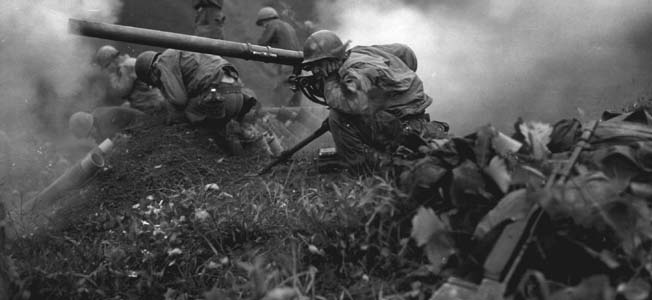

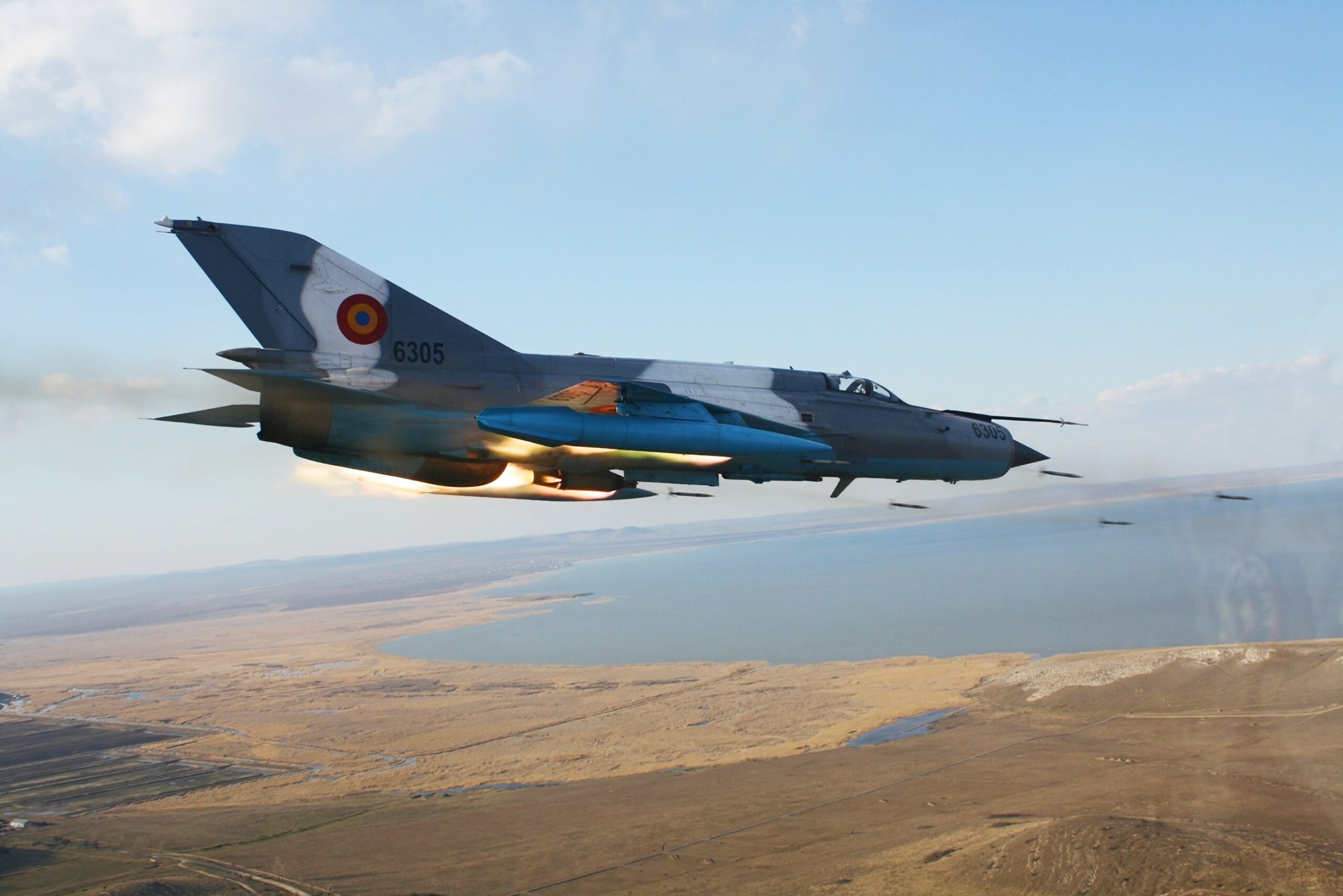
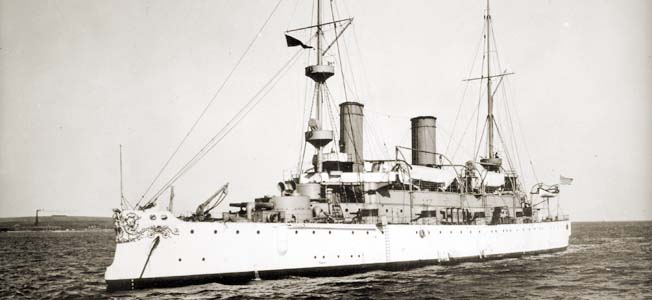
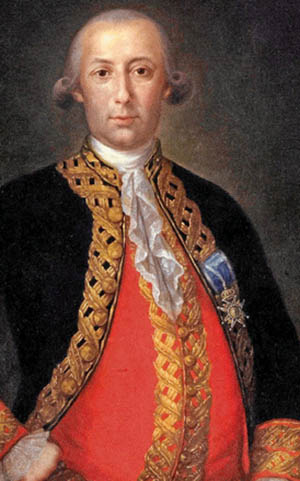
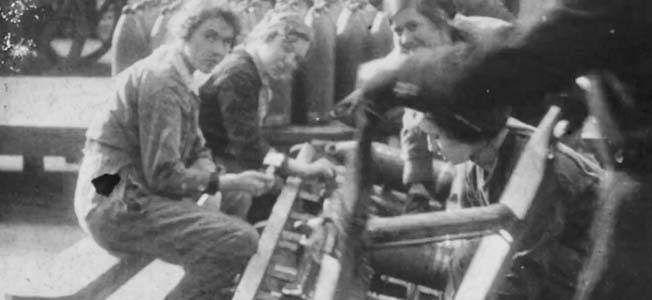
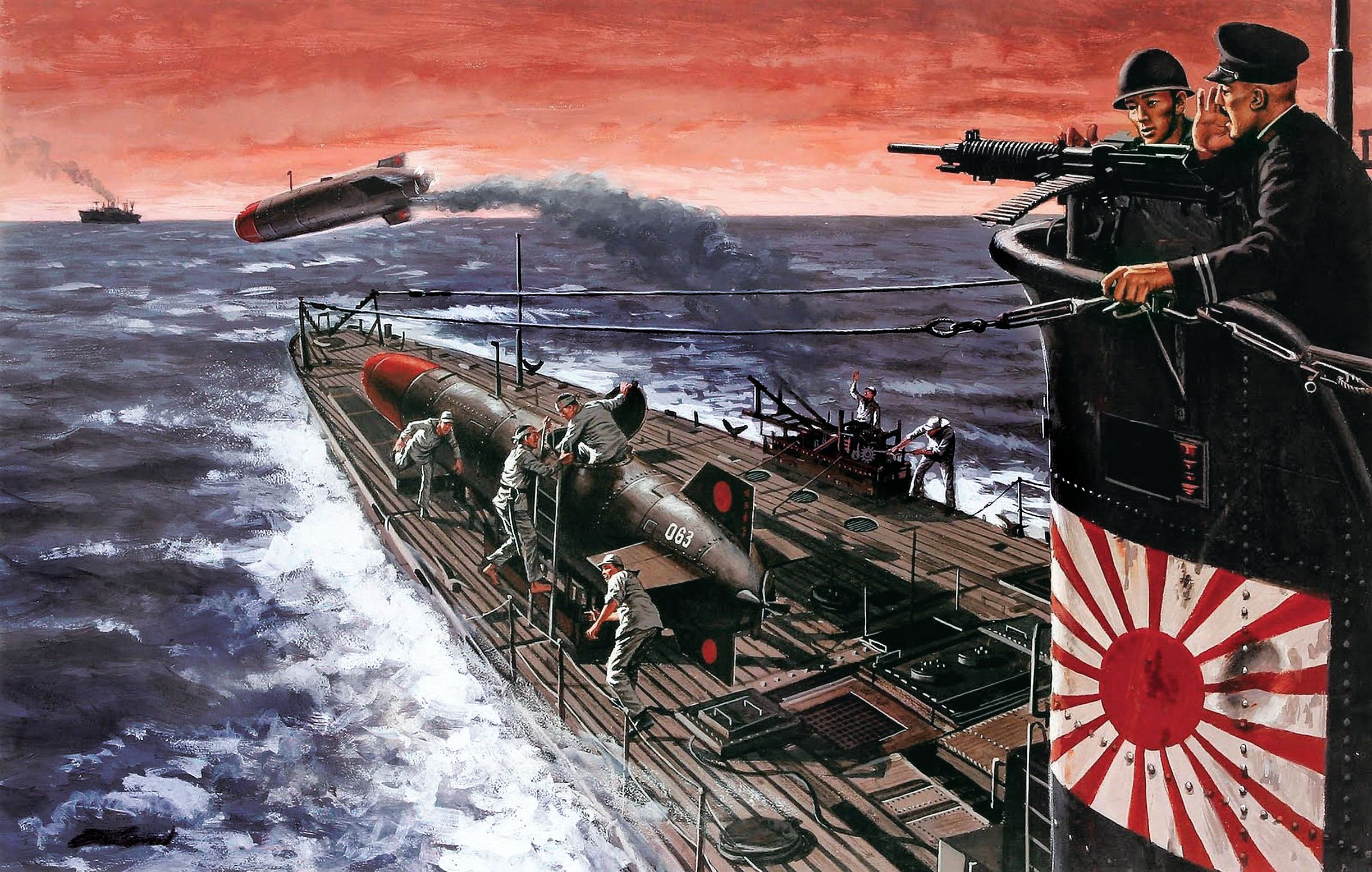
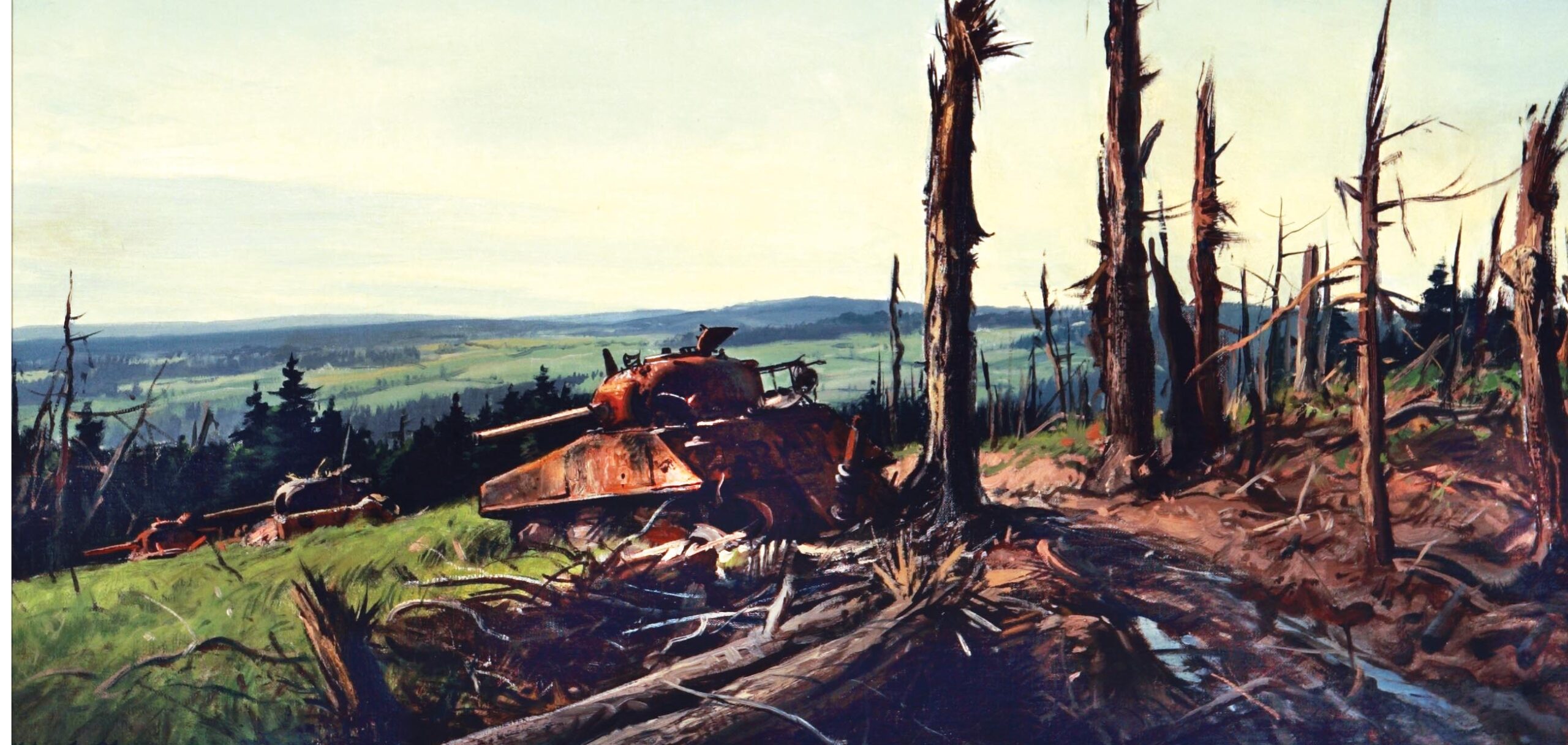
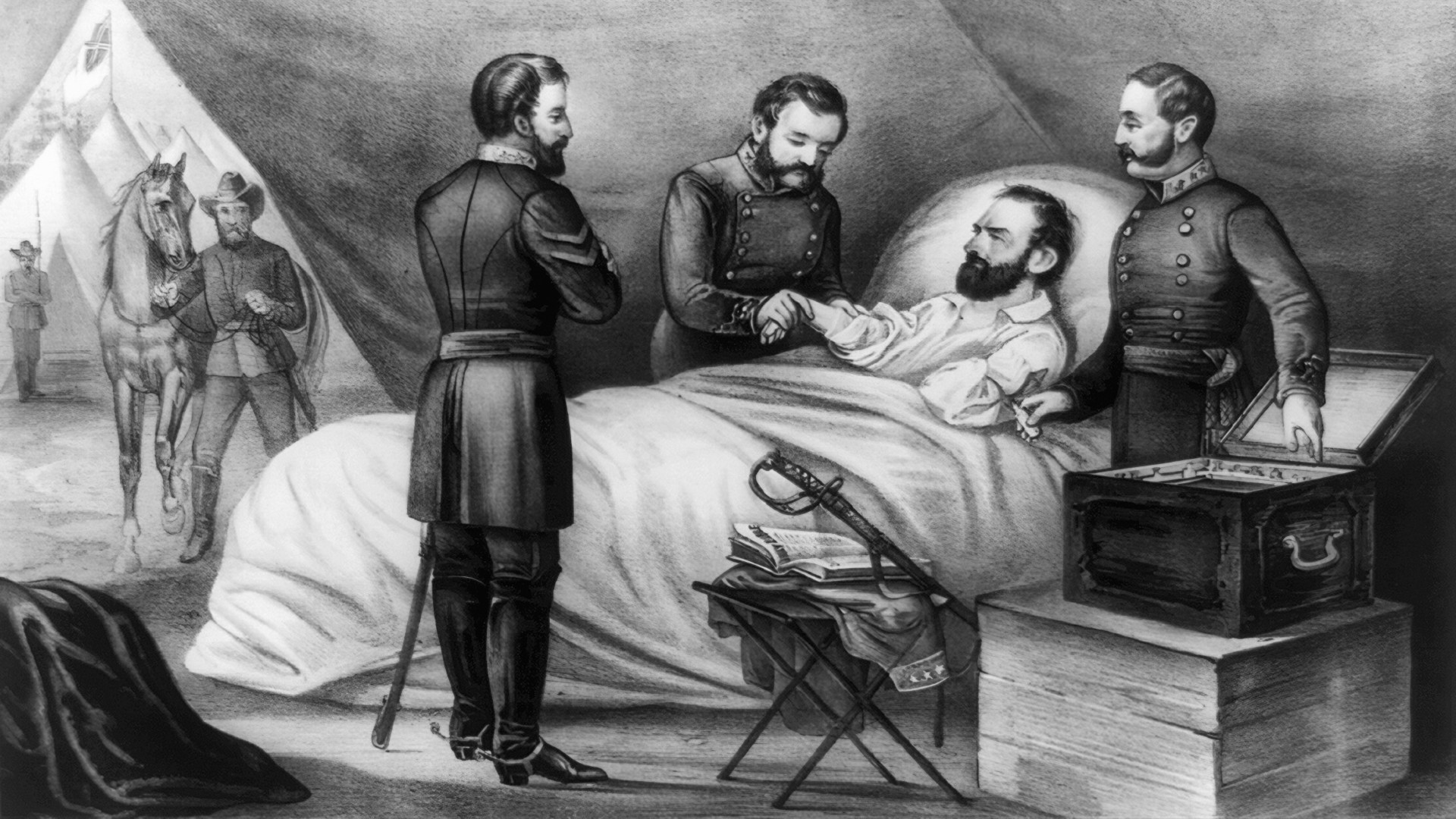
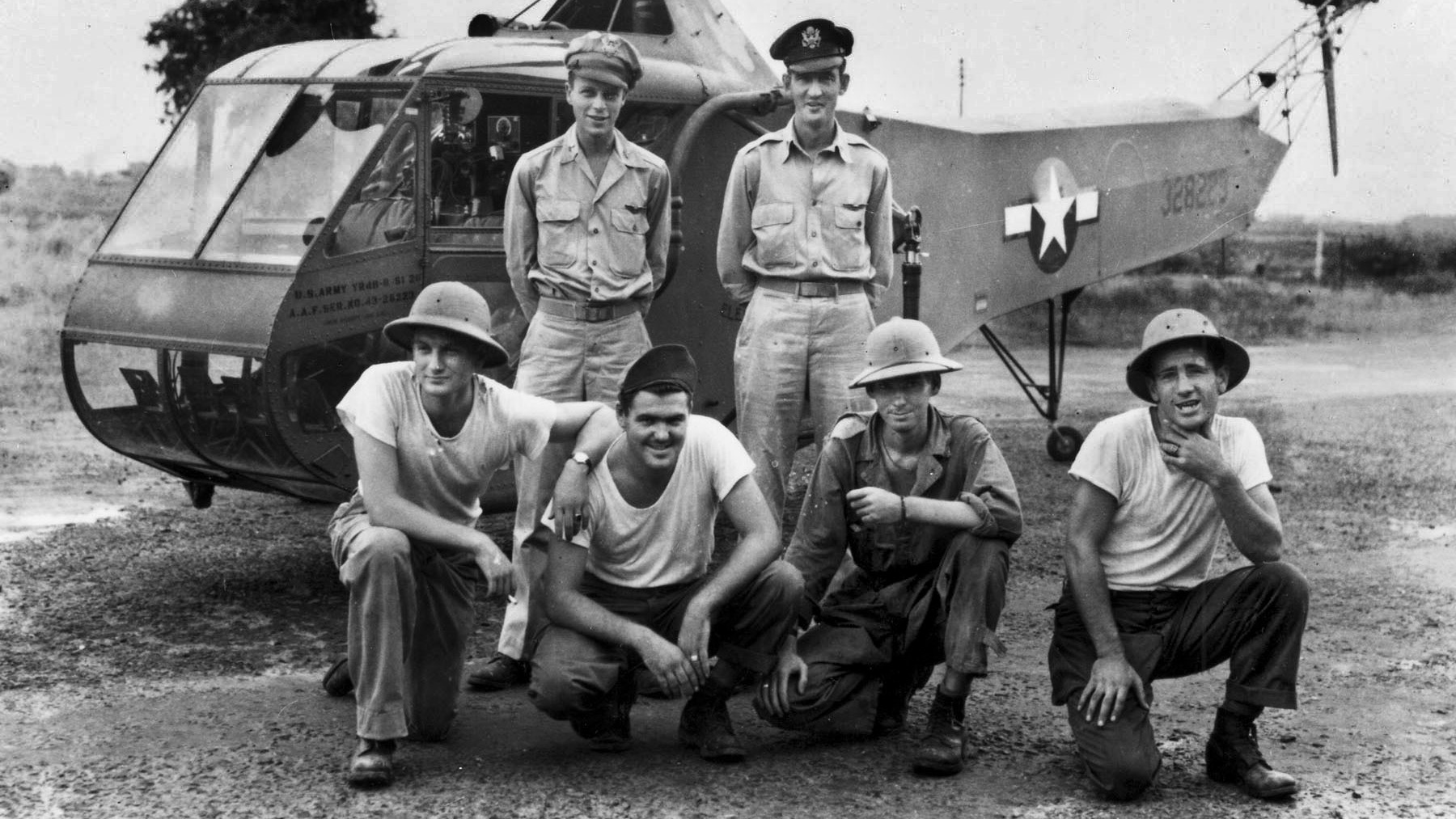
how many mia’s remain?